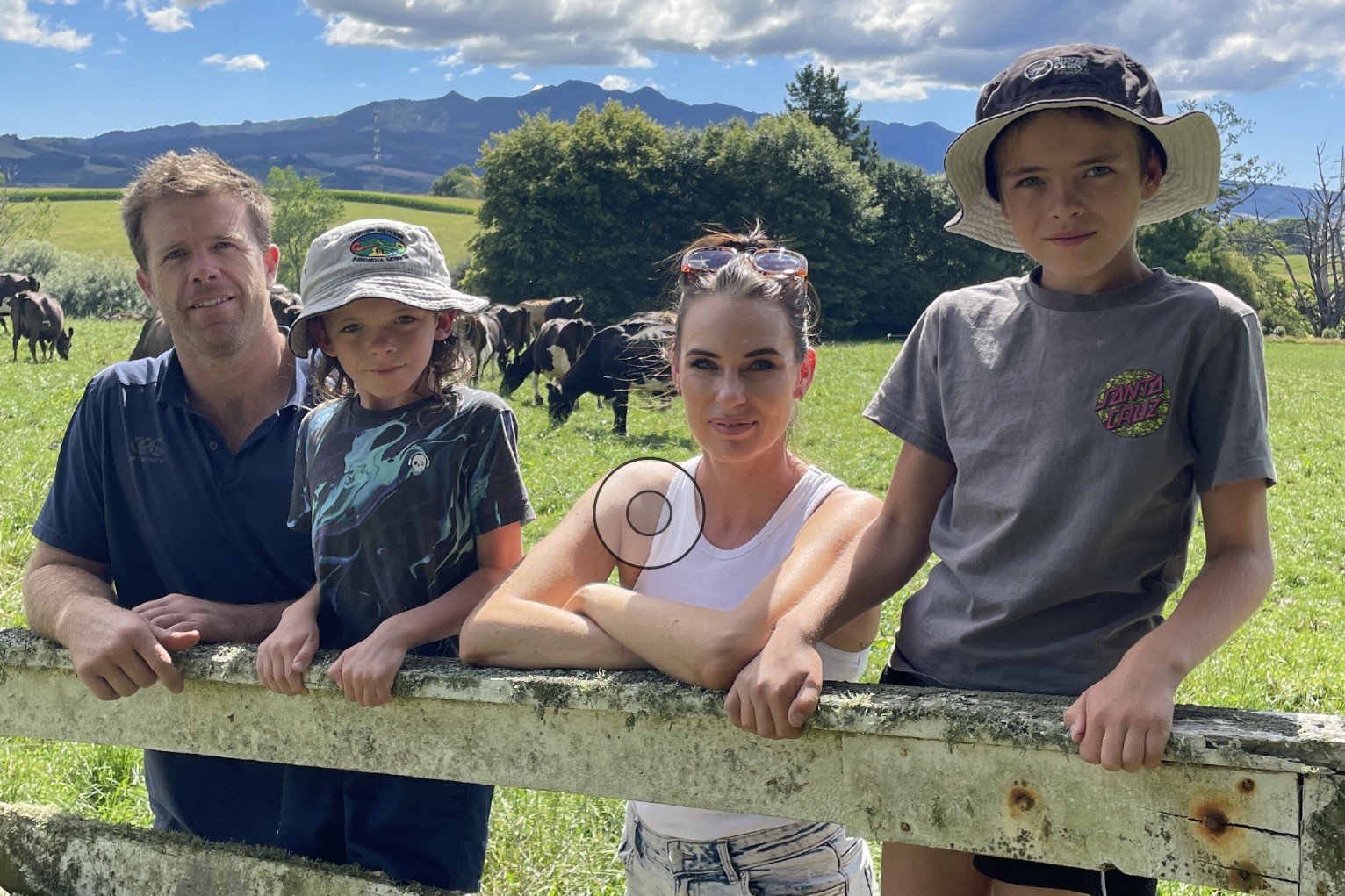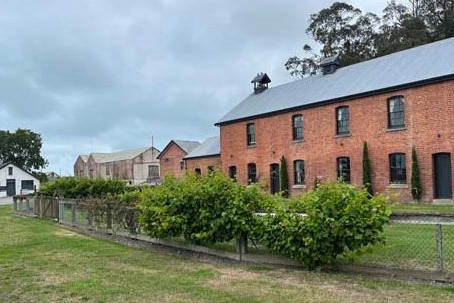Anne Lee
Growing and grazing lucerne under irrigation and in dry corners is proving a win/win on Pamu’s Canterbury dairy farms.
It’s producing high-quality drymatter using less water and it’s allowing the company to lower inorganic nitrogen applications significantly.
Pamu Farms innovation specialist Roo Hall says lucerne is averaging a yield of 22 tonnes drymatter (DM) under pivot irrigation and has tested at up to 13megajoules (MJ) of metabolisable energy (ME) on the Canterbury farms.
With a long tap root, it’s more water-use efficient giving farm teams more levers to pull when hot, dry weather means irrigation struggles to keep up with high evapotranspiration rates in ryegrass/white clover pastures or when water takes are restricted or even shut down.
Variable-rate irrigation on pivot irrigators could be used to “step over” lucerne paddocks with the potential to water them at every third pass, providing more water elsewhere or saving it altogether.
The perennial crop is sown on 15-20% of the milking platform area to give enough drymatter for cows to graze it as up to a third of their daily feed intake.
With that area in the crop, it means substantial water savings are achievable.
It also means it’s been possible to immediately drop out 15-20% of the farm’s previous annual nitrogen fertiliser applications.
“Because it’s drawing nutrients right down to a deeper level in the soil profile and it is fixing its own nitrogen, we’re not having to put nitrogen on our lucerne stands at all,” Roo says.
While it’s not treated favourably in Overseer, research is underway that will hopefully lead to its nitrogen reduction abilities to be better reflected in the model.
The farms combat bloat by putting bloat oil through the water supply and managing cow intakes by letting them into their lucerne break about an hour before afternoon milking, once they’ve fed well on pasture.
“We’re allocating them 3-5kg DM/cow/day and they’ll harvest that very quickly,” he says.
Cows learnt the drill quickly and the high palatability and digestibility of the crop means they’re keen to get on to it before milking.
“We’re finding it dovetails pretty nicely into fodder beet through the shoulders. When the fodder beet stops the lucerne takes over and when the lucerne slows down the fodder beet kicks in,” Roo says.
Lucerne plant growth is based on heat units and ambient air temperature not soil temperature.
In mid-December it was growing at about 100kg DM/ha/day on dryland areas and under irrigation was growing at about 140kg DM/ha/day.





